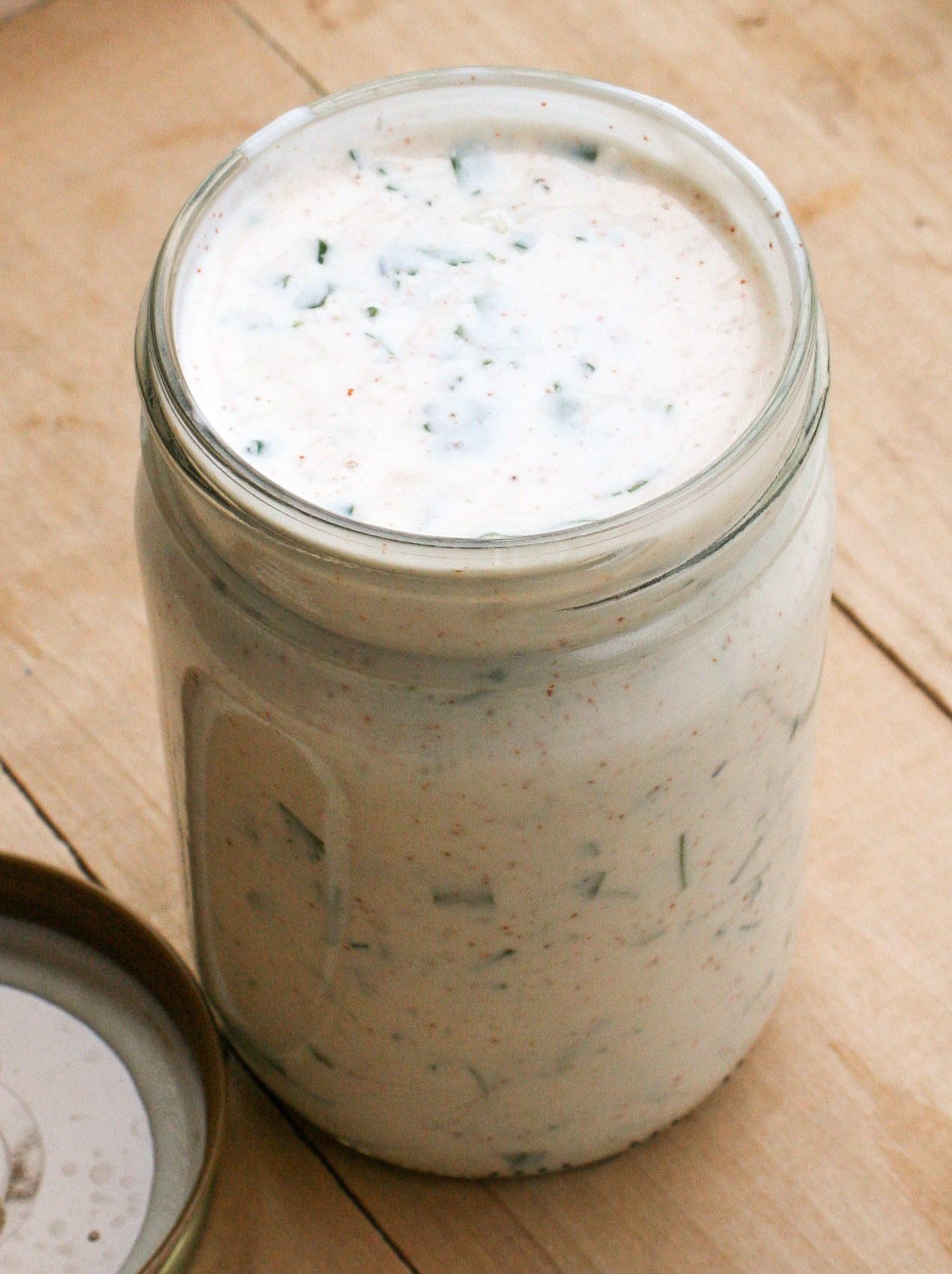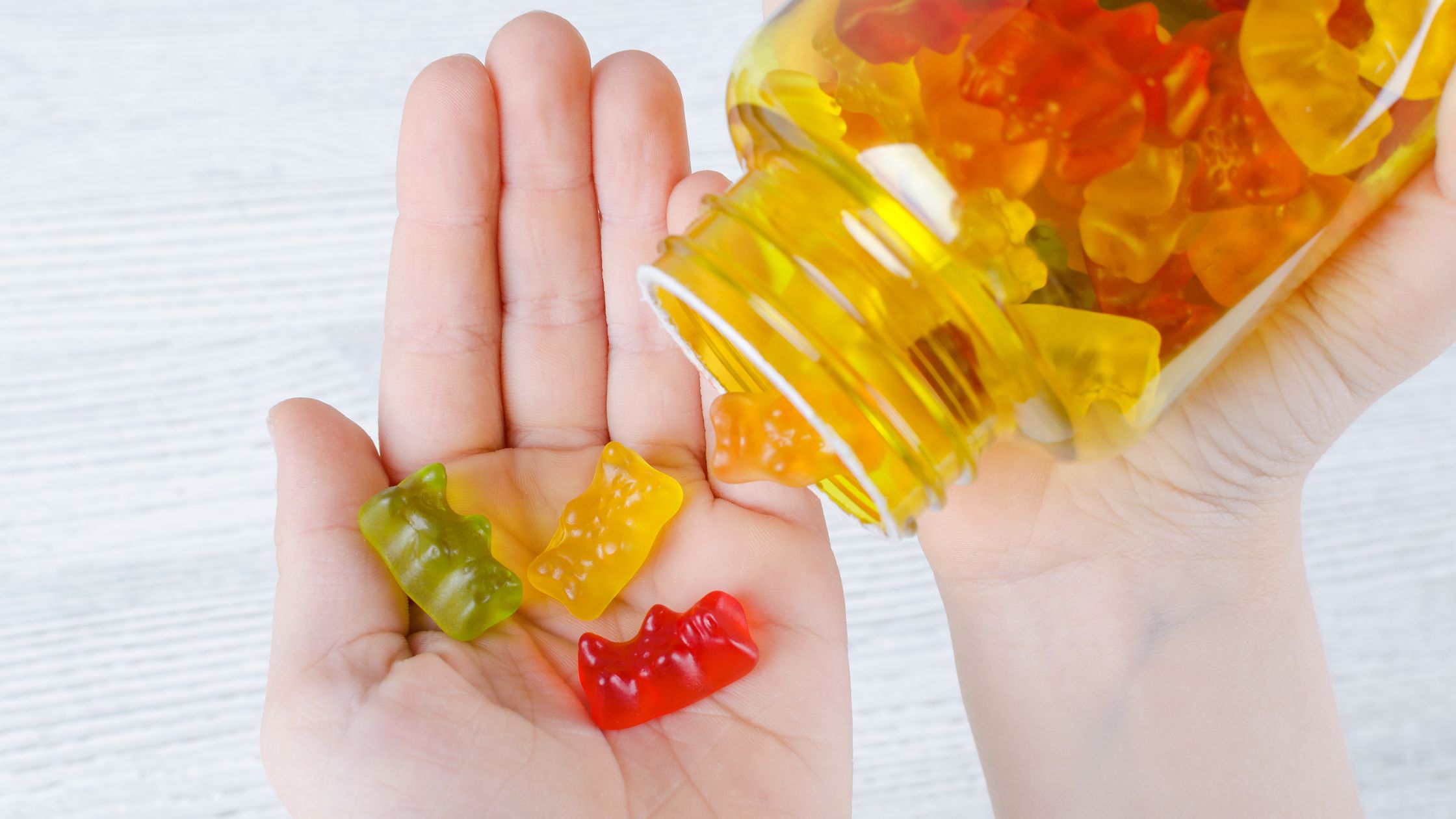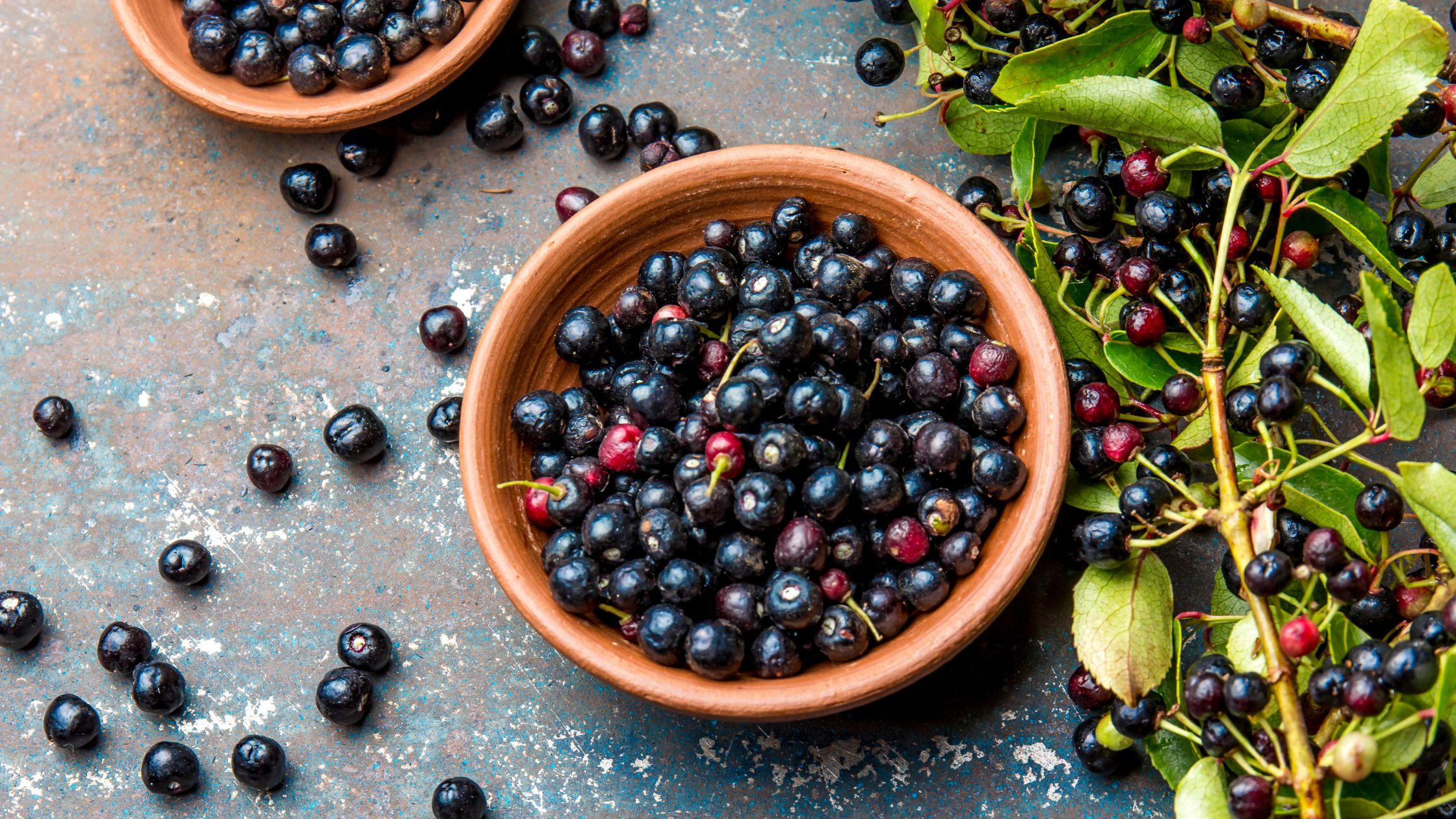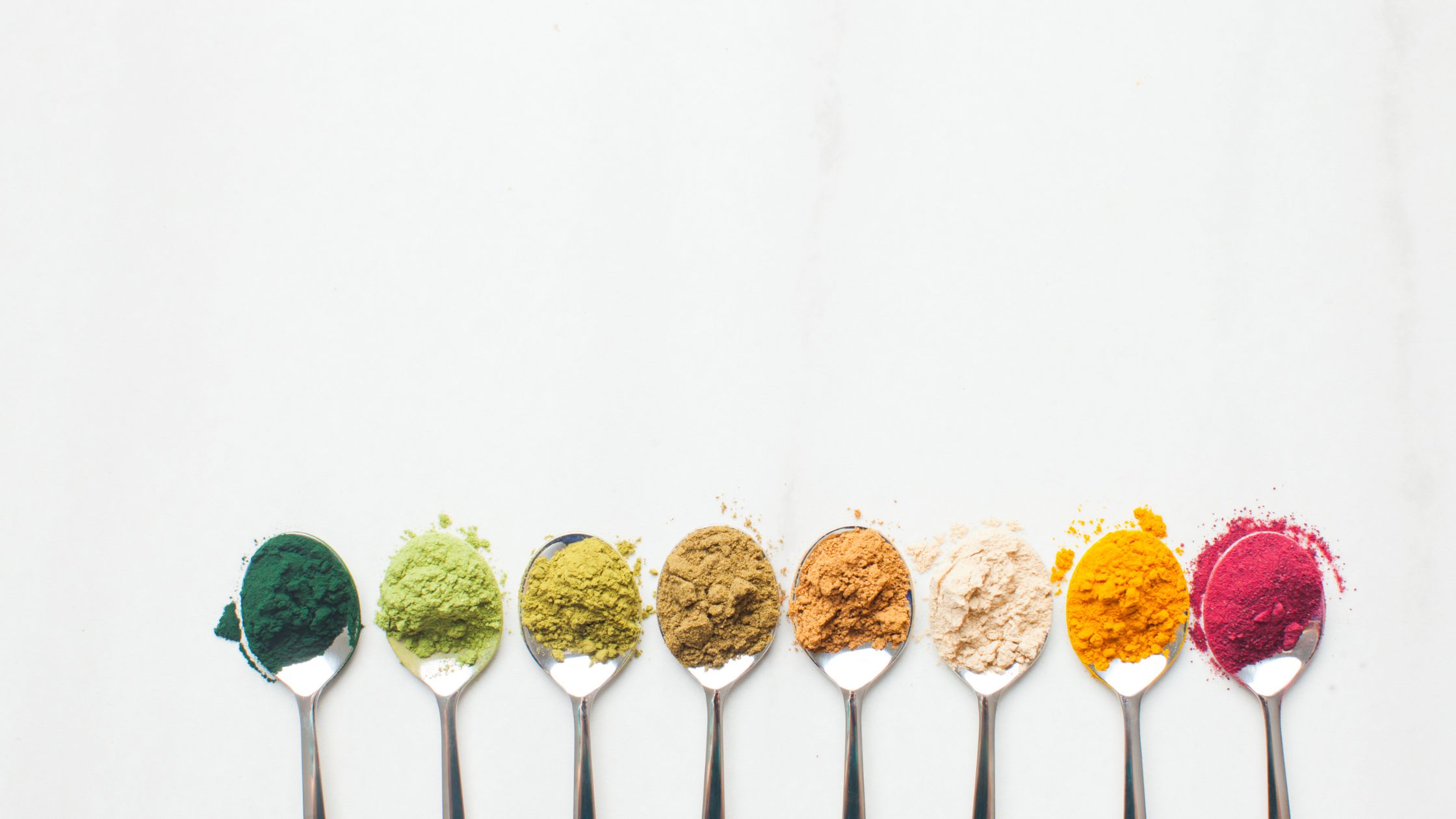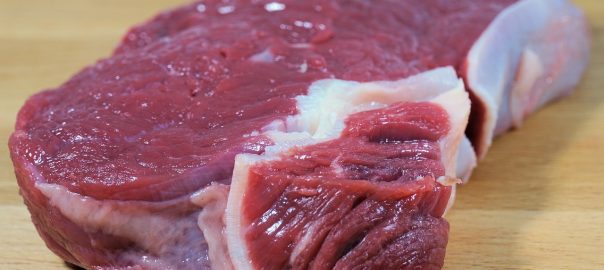 After the long dreary days of winter it seems that the sunshine is finally returning. Or maybe you live in an area where you have a high number of sunny days throughout the year. Which ever situation fits your environment you probably wear sunscreen. But are you wearing the right one?
After the long dreary days of winter it seems that the sunshine is finally returning. Or maybe you live in an area where you have a high number of sunny days throughout the year. Which ever situation fits your environment you probably wear sunscreen. But are you wearing the right one?
We've all been told that we should be wearing sunscreen. With more than one million Americans per year having some form of skin cancer, we're conditioned to think about using it regularly. Many people seek out the highest Sun Protection Factor, SPF, that they can find. And their examination of sunscreen stops there. But it turns out there's more to it than that. One of the most important things to be aware of is what's in your sunscreen. Unfortunately many brands contain substances that are known to be harmful. Ingredients such as endocrine disruptors, toxic preservatives, highly allergenic ingredients, and more. These are things that we don't want in our food so why would we want them in our sunscreen. Especially when we stop to consider that the skin is the largest body organ and that it absorbs whatever we put on it.
As the author of The Pantry Principle I am passionate about helping people understand what's really in their food. That it's not just what you eat, it's what's in what you eat. The next logical step is to consider what we put on our body. At this time of year sunscreen is certainly a big player in the personal care product department.
I was amazed, therefore, when I had the opportunity to test a sample of a new sunblock that is…get this…food grade edible.* It turns out that it's also the only FDA approved sunblock currently on the market that protects again UV-B and UV-A. UV-B is what causes sunburn. UV-A is what causes aging, wrinkles, suppression of the immune system, and can, potentially, lead to cancer. So even though you're using sunscreen, if you're not using one which is effective against UV-A you could still get cancer and suffer other negative effects.
Developed by a Ph.D. research chemist with a crazy passion for safe ingredients this sunblock is unlike any other on the market. Highly water resistant, no endocrine disruptors, no fillers or other garbage, it's also high in antioxidants and provides optimal pH for skin protection. The absence of endocrine disruptors is huge; we are so surrounded by them in our environment (think BPA in receipt paper, cans, and more) that any lessening of this toxin in the environment is a good thing. According to a study published in the Journal of the Society of Toxicology there is a distinct difference between 3rd Rock Sunblock and mainstream competitors when it comes to endocrine disruptors.
And it's food grade edible. In my book that's pretty amazing given all of the chemical adulterants used in many products currently on the market. Not that I'm going to eat it mind you, but I'm glad that it's such a clean product.
I've been using it for a while now and find that it takes just a tiny bit to provide coverage. Honestly the bottle seems generously sized when you realize how little of the product you actually need for coverage. It seems to go on smoothly and so far I have not had any issues with uneven coverage even though in the beginning I thought I wasn't using enough. The website claims it's a one time application and you're done for the day; so far I have not reapplied at all, even on those days when I am outdoors more, and have not noticed a problem.
Overall I think this a great product and am excited to see sunblock of this quality and ingredient safety available to everyone.
*full disclosure: I did receive a free sample of this product to try however I was not paid for my opinion and was under no obligation to give a positive review of this product.
















